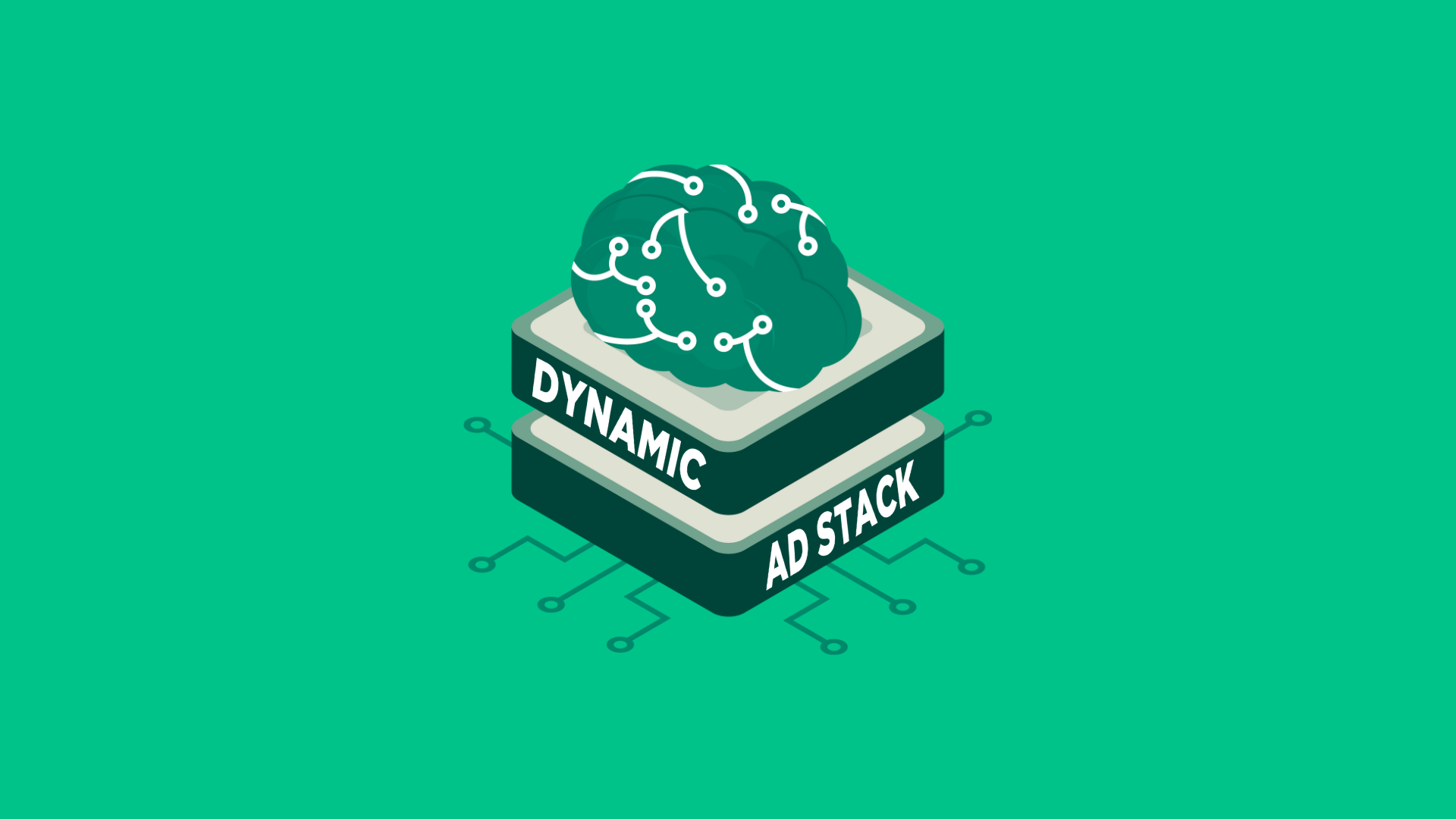Welcome back to Ad Tech from A to Z! If you’re new to ad tech, these are common terms in the industry that you should know.
Let’s get started!
Accelerated Mobile Pages (AMP) is a project supported by Google to provide web publishers with a way to quickly serve web pages for mobile devices. There is much debate in the industry about whether AMP is worth the hassle. For our perspective, check out our blog on 5 AMP HTML Myths Busted.
Ad Network is a company that serves as a broker between a group of publishers and a group of advertisers, aggregating inventory and audiences from numerous sources in a single buy. Ad networks traditionally aggregate unsold inventory from publishers to offer advertisers a consolidated and generally less expensive pool of impressions. Still, they can have a wide variety of business models and clients. In the context of ad trafficking and ad tech, the term “network” is generally taken to mean an ad network.
Ad Operations refers to processes and systems that support the sale and delivery of online advertising. More specifically, this is the set of workflow processes and software systems that are used to sell, input, serve, target, and report on the performance of online ads.
Ad Tags are snippets of code (usually HTML and Javascript) generated from an ad server that allows for ad serving on web pages or within mobile apps where ads need to display.
Ad Targeting is serving an ad to the appropriate audience based on data. Ad targeting can involve demographic, geographical, behavioral, or psychographic data.
Backfill refers to ads that a publisher can use when direct sold or programmatic ads did not serve due to lack of demand, or demand not meeting the price floor. Certain demand partners specialize in this solution that helps publishers monetize as much ad inventory as possible. Backfill ads act in the same way as House ads, but they offer the added benefit of providing revenue for these unfilled impressions.
Consent Management Platform (CMP) is a tool used by publishers to manage and obtain user consent for the collection and processing of their data under data protection regulations, such as the General Data Protection Regulation (GDPR) in Europe or the California Consumer Privacy Act (CCPA) in the United States.
An Impression is when an ad is displayed on a webpage, regardless of whether or not it has been viewed.
Transparency Consent Framework (TCF) is an advertising industry-standard framework developed by the Interactive Advertising Bureau (IAB). It provides guidelines and technical specifications to facilitate compliant and transparent user consent management in the online advertising ecosystem.
Unfilled Impressions (also known as blank ads) occur when there is no demand to fill an ad slot on a website. There are many reasons for blank ads, such as insufficient advertiser demand, user behavior, and too-high CPM floors on a given impression. Unfilled impressions are normal, and it is not always optimal for maximum revenue to have 100% fill on all ad positions.
Winning Bid is the highest programmatic bid in an auction. It does not guarantee that an ad will be served; the bid must then compete in the ad server, and something of higher priority, like a sponsorship campaign, could still win above it.
We hope Volume 2 was a helpful dive into ad tech terms. Be on the lookout for our next Ad Tech from A to Z, where we continue diving into additional industry terms. Also, if you have any further questions or want to chat with someone at Freestar, please email us.





